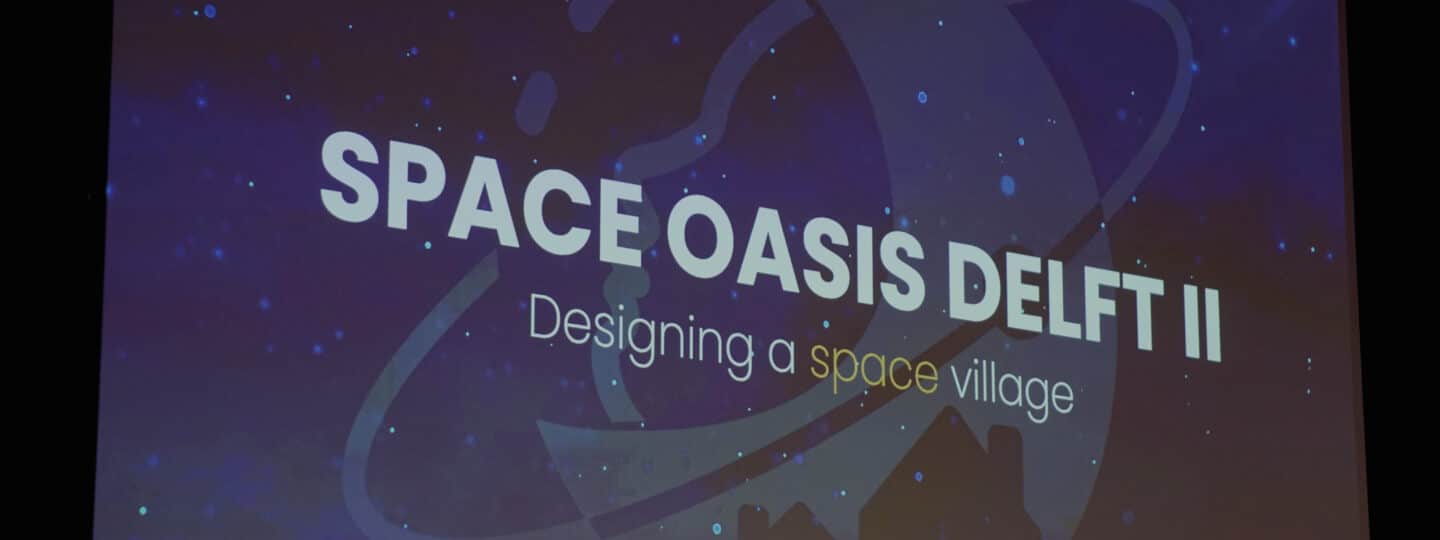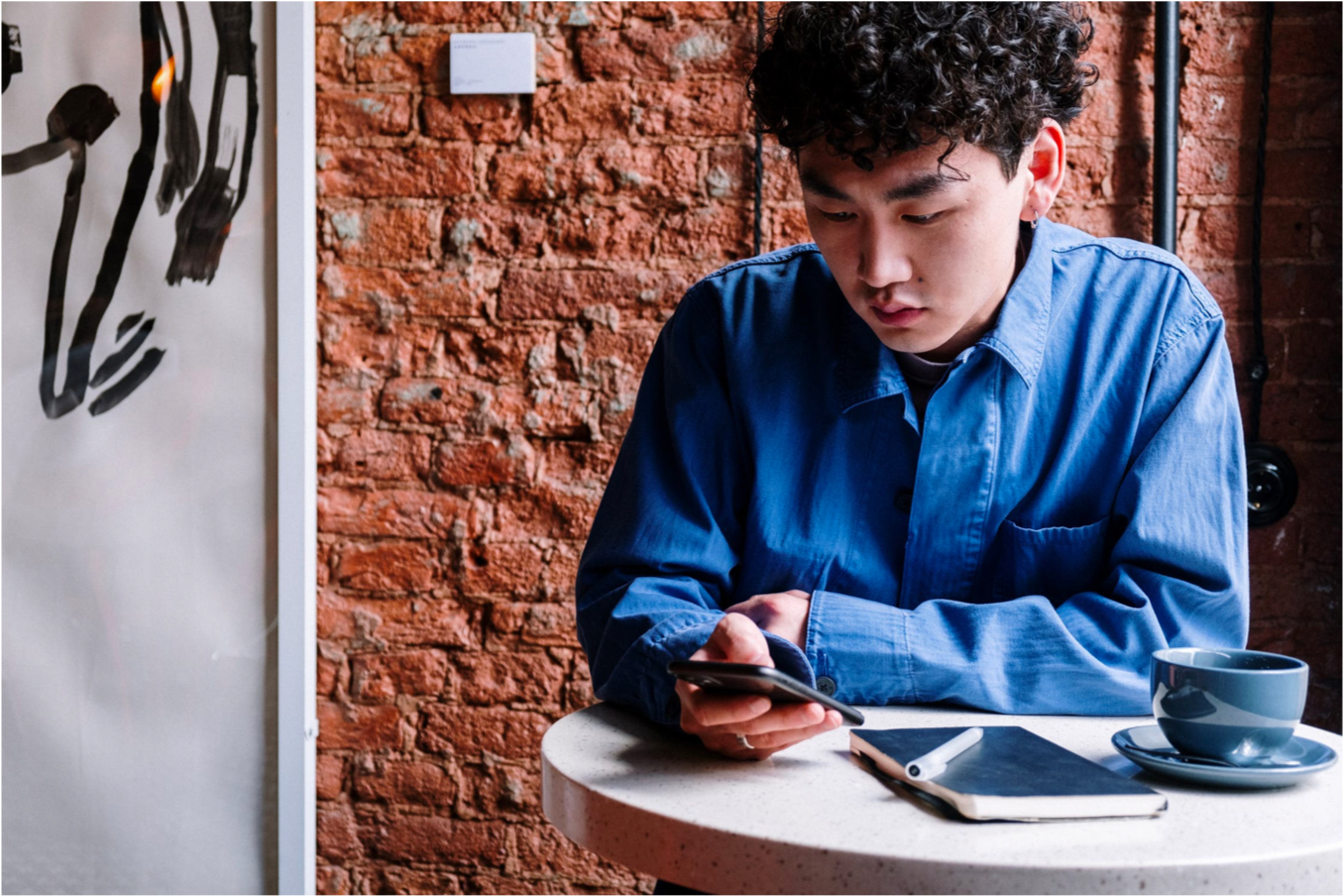Team description
For quite some time now, climate change has been a hot topic. Not without reason, as climate change is not without significant impact. Think of the devastating floods in Valencia, the pressing challenges of overpopulation, and, closer to home, the harm done due to the urban heat island effect, such as in The Hague. As Space Oasis Delft, we believe we can bring a new perspective to the solution space. By stepping away from the specific topic and immersing ourselves in a new and unfamiliar environment, we allow and push ourselves to think with an out-of-the-box mindset. Last year’s team designed a long-term base for the Moon. This year, we have repositioned ourselves to Mars. We want to facilitate research of the past, present, and future of life on Mars for a team of 150 inhabitants who would reside in the base for 5 years. Based on the progress of the research, the architectural structure would need to adapt in terms of usage purposes and size. The base needs to shield the inhabitants from radiation, pressure, unbreathable air, and Martian dust and requires a circular system to use in situ resources sparingly. To challenge ourselves even more and innovate in space architecture and engineering, we are starting multiple research and testing processes. We are testing the radiation properties of an application of pykrete: a structure made up of ice and cellulose. Ice is a promising material for construction due to the low temperatures and its quantities underneath the planet’s surface, and the biowaste from our plants can be used to provide the cellulose. The team is also building a hydroponics farm and algae bioreactor to, in the future, test and further innovate.


